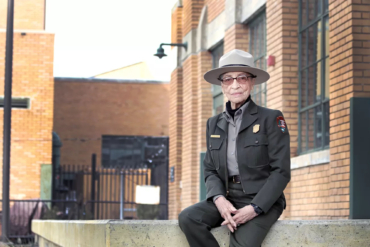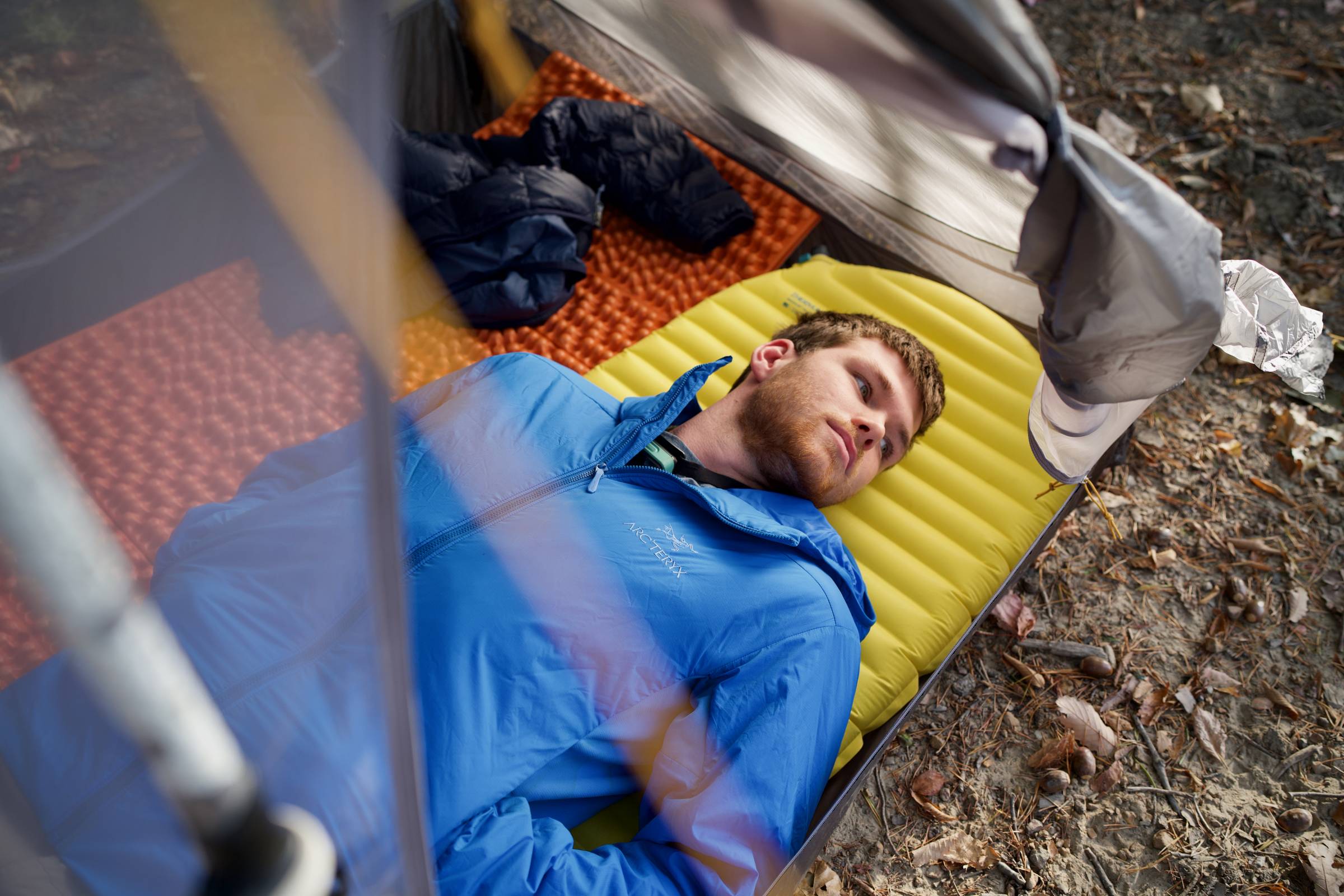A new grill brand brings new ideas to the forefront of the grilling world with its take on a portable grill.
The outdoors and grilling make a perfect pair. Regardless of location, grilling brings people together, forcing them to slow their roll.
And yet, toting a grill suitable for the yard to a campsite is burdensome, and portable versions tend to be flimsy.
NOMAD, a new company out of grill-centric Texas, builds a high-quality and technically advanced portable grill that also stands proud on the home patio.
See how the NOMAD stacks up to the competition in our Best Portable Grills Buyer’s Guide.
NOMAD Grill: The Basics
The NOMAD grill delivers up to 425 square inches of grilling area (with the purchase of another grill grate) in a 28.2-pound (verified) package that closes like a suitcase for extreme portability.
The material, component, and build quality are second to none, making the NOMAD grill a premium charcoal grill and smoker that’s impressive on the tailgate, in the campground, or the backyard.
And the grill houses unique technology that keeps the exterior temperatures low for unlimited placement options.

Build and Material Quality
Unboxing the NOMAD grill revealed incredible quality in all areas. The 28-pound heft for the 21.5 x 13.5 x 9.5-inch closed size was the first indicator of high structural integrity.
The perforated, anodized-aluminum exterior with a high-temperature silicone trim and a beefy cast-aluminum and silicone handle added to the premium feeling and aesthetics.
Releasing a pair of generously sized, silicone-covered metal latches allowed the NOMAD grill to open like a suitcase, with each half housing a ribbed, type-III-anodized- and cast-aluminum cook box.
An almost full-length, robust-looking metal hinge connected the halves and opened smoothly. And a domed, cast-stainless steel grate adhered to the top of either cook box via high-temp samarium–cobalt magnets.
A silicone trimmed damper graces the side of each half of the grill. And finally, a Tel-Tru Manufacturing bimetal thermometer rounds out the build.
It’s hard to convey how impressive the NOMAD grill looked and felt initially. It was one of the most impressive industrial design and manufacturing exercises I have seen in an outdoor-oriented product.

Tech in a Grill?
The most impressive attribute of the NOMAD grill is what the brand dubs “advanced thermal architecture.” In a patent-pending design called SurfaceSafe, physical separation of the cook boxes from the outer case allowed the grill to be placed safely on tailgates, wood or plastic tables, or similar surfaces.
Another unique form of tech in the grill was magnets; the convex (for rigidity and coal clearance) grill grate adhered to the cook boxes via magnets. The dampeners’ actuation, which involved both the exterior and interior cook boxes, was done via magnets, as they aren’t physically connected.
Fins and the type III anodization on the cook box surfaces are said to improve thermal efficiency and rigidity. Simultaneously, NOMAD claims the intake and exhaust dampeners create convective airflow to quicken cooking without increasing energy needs.

The NOMAD Grill at Work
First, no matter where I set the grill, it drew looks and comments commonly revered for works of art or exotic cars. I admitted the grill was visually stunning, and I’m not one to get excited about outdoor products’ aesthetics. I want them to work and be reliable. But my first brain bubble upon initial deployment was, “If James Bond had a grill, this is it.”
The one thing that didn’t align with the 007 analogy is that this is a fully manual grill. There are no pellets, no Wi-Fi connectivity, no app. With the recent rage in pellet grills, I got used to auto-starting and app-enabled temperature control. The NOMAD is a “real” grill and requires the appropriate skills and techniques.

Getting Started
I opted to use a chimney charcoal starter — nothing complicated — but it was time-consuming compared to pellet or gas grills. And therein lies the beauty of proper planning: It forced my friends and me to slow down and interact with each other and enjoy a relaxed pace.
Once the coals were covered in ash and glowing, I dumped them into one of the cook boxes and attached the grill. And, again, I had to be engaged in the process, which ironically was no-tech. I used my senses to cook the meat to everyone’s desired doneness.
Smokin’
I also tried the closed, smoking mode at home with pork. The thermometer felt accurate, unlike my other charcoal grill thermometers. And the dampeners allowed enough temperature control for the duration of the smoke. And, true to design goals, I grilled and smoked on a wooden camp table with no harm done.
When packing the grill, the closed dampeners and the self-mating, gasket-free lid contained the ashes and prevented dusting my trunk.
Drop Test
I accidentally tested the durability when I got home as I dumped the ashes into a fire ring; I dropped one side of the grill, and it violently hit a boulder. Surprisingly, there was no damage to the grill. On the opposite end, the boulder suffered.

NOMAD Grill Review: Conclusions
The NOMAD Grill and Smoker is a testament to industrial design, durability, and quality. It’s a packable grill with tech, including SurfaceSafe, that puts it into a class of its own.
But if you don’t appreciate slowing down and engaging with the process of grilling, this may not be the unit for you. It demands patience and proper procedures compared to other modern options.
And then there’s the price. An MSRP of $599 puts it in the financial realm of a full-size pellet grill.
But if you value portability, impeccable design, and outstanding durability, then I feel the NOMAD Grill and Smoker is the highest-quality portable grill in existence.







